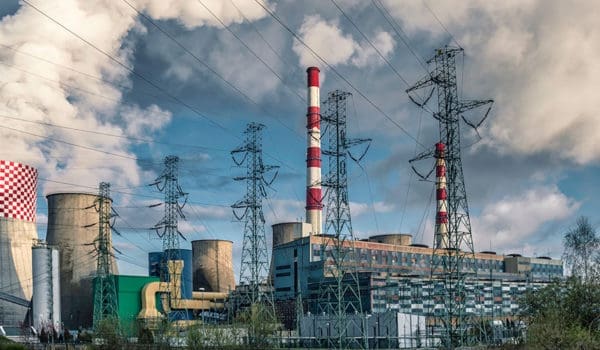A new study in Nature Geoscience unveils a need of revising previous ethane and propane emissions studies, as these emissions have been underestimated by more than 50%. Such revision could in turn improve our understanding of the forceful and related methane emissions, still largely enigmatic to atmospheric sciences.
Ethane and propane are the most abundant non-methane hydrocarbons in the atmosphere, and yet their emissions, distribution in the atmosphere, and trends in their atmospheric concentrations are insufficiently understood. Through chemical reactions in the atmosphere, ethane and propane affect the formation and loss of several air pollutants and greenhouse gases.
Comparing models and observations
– Atmospheric model studies underestimate the observed ethane and propane concentrations in the Northern Hemisphere, suggesting a lack of scientific understanding of the budget of these gases, said Stig Dalsøren, a former researcher at CICERO Center for International Climate Research, now at the Institute of Marine Research, and first author of the study.
Direct emissions at the surface are the only sources of ethane and propane to the atmosphere.

– In this new study published in Nature Geoscience we compare recent atmospheric measurement data from a number of sites with the simulations from an atmospheric chemistry transport model, and we show that a substantial upward revision of the emissions is needed, says co-author Cathrine Lund Myhre at NILU. She emphasizes that there has been large progress recently in the access to quality assured measurements of these compounds with high time resolution, particularly through the research infrastructure ACTRIS (https://www.actris.eu/).
Must include natural emissions
This ethane study was initiated after a flight and ship campaign outside Svalbard summer 2014 focusing on methane. This was a part of the MOCA project lead by Lund Myhre at NILU.
– In addition to study methane, we decided also to try to measure ethane and potential emissions from the ocean. We observed elevated mixing ratios of ethane, just above the sea surface at RV Helmer Hanssen west of Svalbard, she says. – Based on this we decided also to explore the ethane budget in more detail, and emissions from the ocean and geological sources.
Major detailed atmospheric model studies of ethane performed so far have neglected natural geologic emissions of hydrocarbons. Natural geologic emissions include mud volcanoes, gas seeps, diffuse exhalation from petroleum basins, submarine seeps, geothermal manifestations and volcanoes.
– We show that substantial geologic emissions are necessary to reproduce observations of preindustrial ethane concentrations. This provides an important constraint on both preindustrial and current natural emission budgets, says Stig Dalsøren.
New, more extensive datasets
For man-made sources, this study is the first to use recently published fossil fuel (oil, natural gas and coal) emission datasets.
– Compared to previous inventories, these new datasets are based on novel approaches, and more extensive databases considering country-specific circumstances, resulting in highly different geographical emission distributions and 2-3 times higher global total emissions, said co-author Gunnar Myhre, research director at CICERO.
Using the new fossil fuel emission datasets and adding the geologic emissions, the applied atmospheric model reproduces observed current ethane and propane levels in the Northern Hemisphere, including episodic fluctuations. This also results in substantially higher simulated surface ozone in some polluted regions in Asia.
– The improved correspondence with observed ethane and propane at numerous sites with model simulations using greater emissions suggests that the level of fossil (natural geologic + fossil fuel) methane emissions in current inventories may need re-evaluation, said Lund Myhre.
Understanding the contribution from different natural and anthropogenic emission sources is a critical precursor to design efficient measures to reverse ongoing atmospheric ethane, propane, and methane increases.


